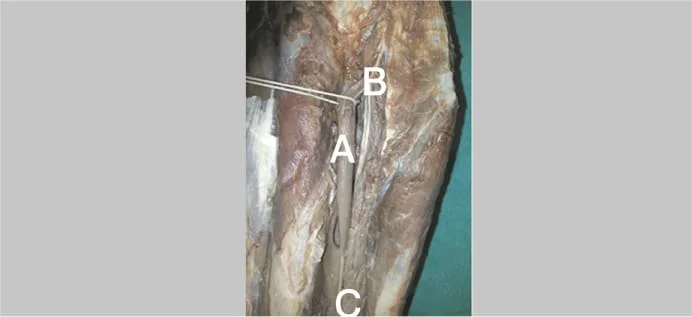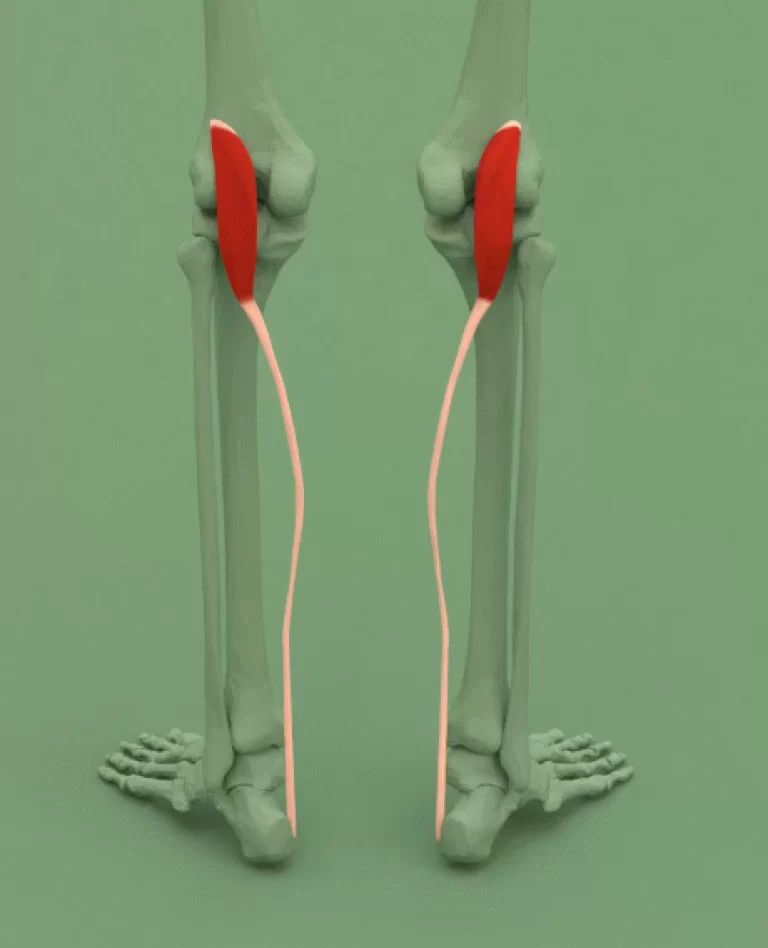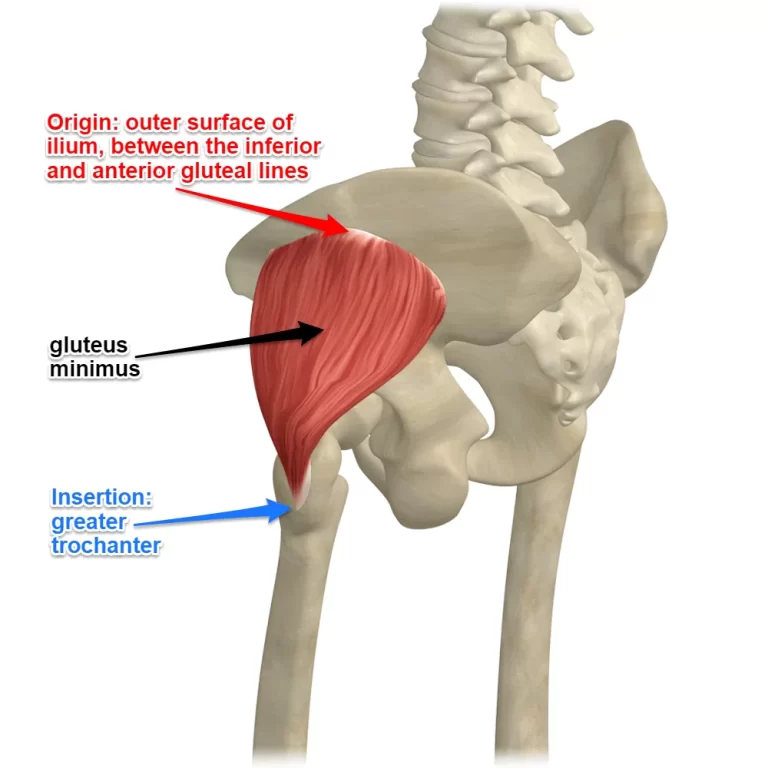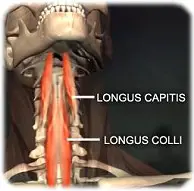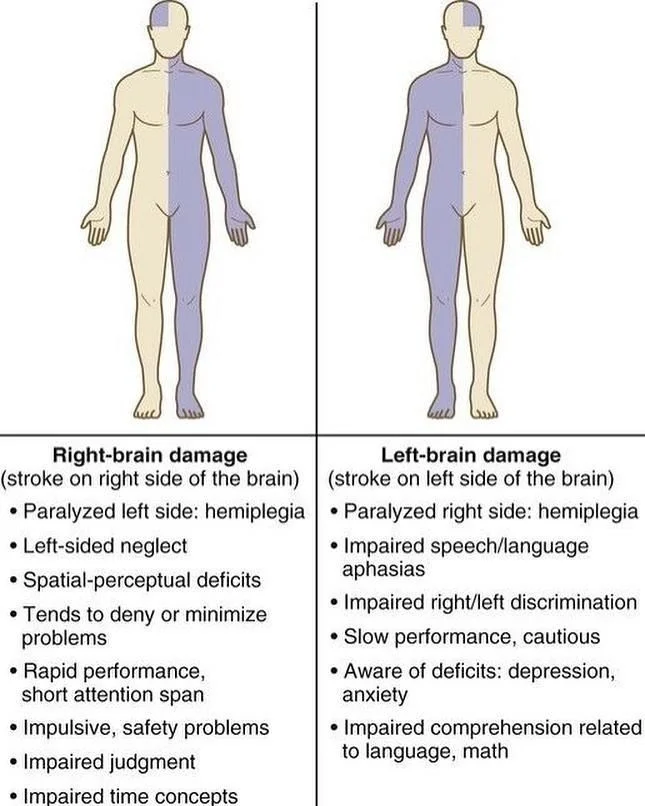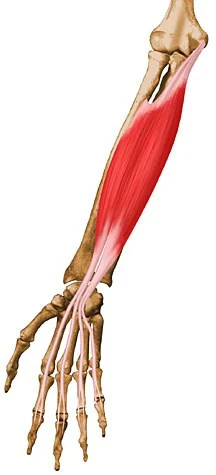Gantzer Muscle
What is Gantzer Muscle?
Gantzer Muscle is described as an accessory muscle in the forearm, this muscle could join the flexor pollicis lungus muscle and the deep finger flexor muscle.
The Gantzer muscle is a supporting part of the forearm’s flexor pollicis longus or flexor digitorum profundus muscle. It is regarded as an anatomical variant, with authors of the works analyzed reporting wildly differing percentages of occurrence. It is debatable how the Gantzer muscle relates to the median and anterior interosseous nerves.
While Dellon, Mackinnone, and Al Qattan claimed that the Gantzer muscle is always positioned anteriorly to the interosseous nerve and posteriorly to the median nerve, Mangini and Hemmady et al. claim the muscle passes anteriorly to the anterior interosseous nerve and posterior to the median nerve. The Gantzer muscle is parallel to the anterior interosseous nerve at the ulnar side, according to Ballesteros et al.
Out of the 80 dissected forearms, 54 had the Gantzer muscle identified (68%). The muscle that originated in 42 forearms was the deep segment of the flexor superficialis muscle. It began in the coronoid process of the ulna in eight forearms and the medial epicondyle of the humerus in seven.
Anatomy of Gantzer Muscle
Origin:
- Deep segment of the flexor digitorum superficialis muscle
- Coronoid process
- Medial epicondyle
Insertion
Ulnar part of flexor pollicis longus muscle
Nerve Supply
Anterior Interosseous Nerve
Embryology
The Gantzer muscle is considered a phylogenetic remnant, reflecting evolutionary changes in muscle anatomy. It represents a retained structure that may have been more functionally relevant in ancestral species.
- Dellon, Mackinnone, and Al Qattan: They suggest that the Gantzer muscle is always positioned anteriorly to the anterior interosseous nerve and posteriorly to the median nerve.
- Mangini and Hemmady et al: They propose that the muscle passes anteriorly to the anterior interosseous nerve and posteriorly to the median nerve.
- Ballesteros et al: They found that the Gantzer muscle runs parallel to the anterior interosseous nerve on the ulnar side.
Clinical Significance
The article discusses anatomical changes that could lead to median nerve compression in pronator syndrome caused by Gantzer’s muscle.
The muscle’s proximity to the median nerve and anterior interosseous nerve can lead to compression or entrapment syndromes, such as anterior interosseous nerve syndrome, which can affect motor function in the forearm and hand.
Variability in Surgical Anatomy
Surgeons must be aware of the potential presence and variability of the Gantzer muscle during procedures involving the forearm to avoid inadvertent damage to nerves and optimize surgical outcomes.
References
Caetano, E. B., Vieira, L. Â., Caetano, M. F., & Moraes, D. V. (2015). Gantzer muscle. An anatomical study. Acta Ortopedica Brasileira, 23(2), 72-75. https://doi.org/10.1590/1413-78522015230200955

